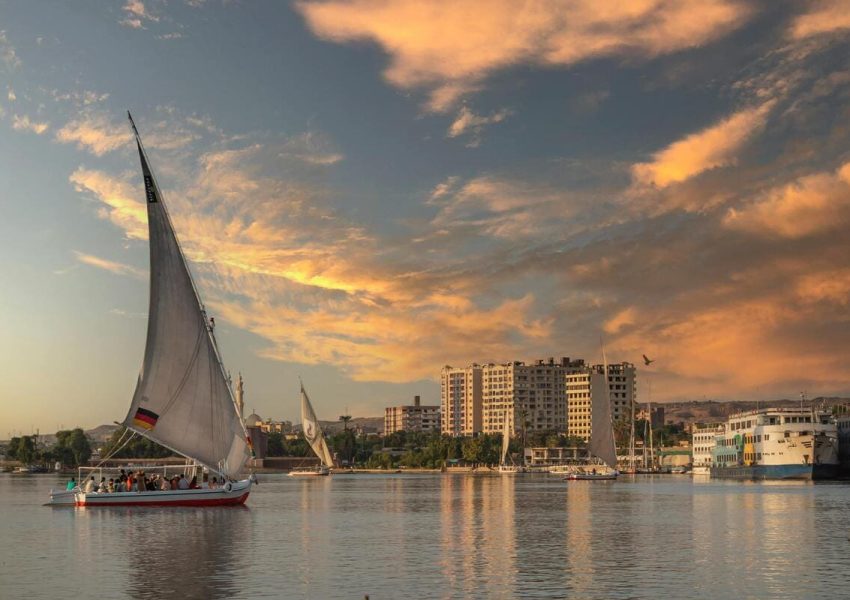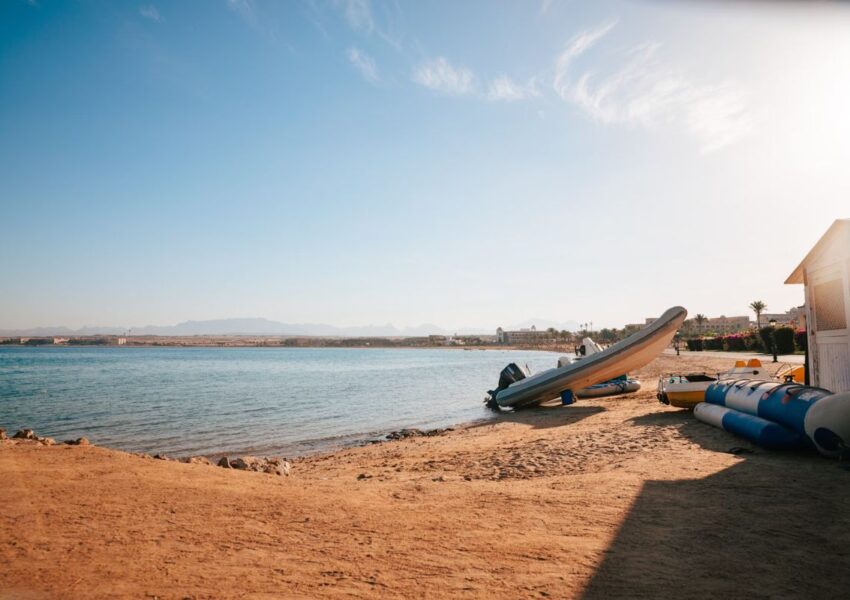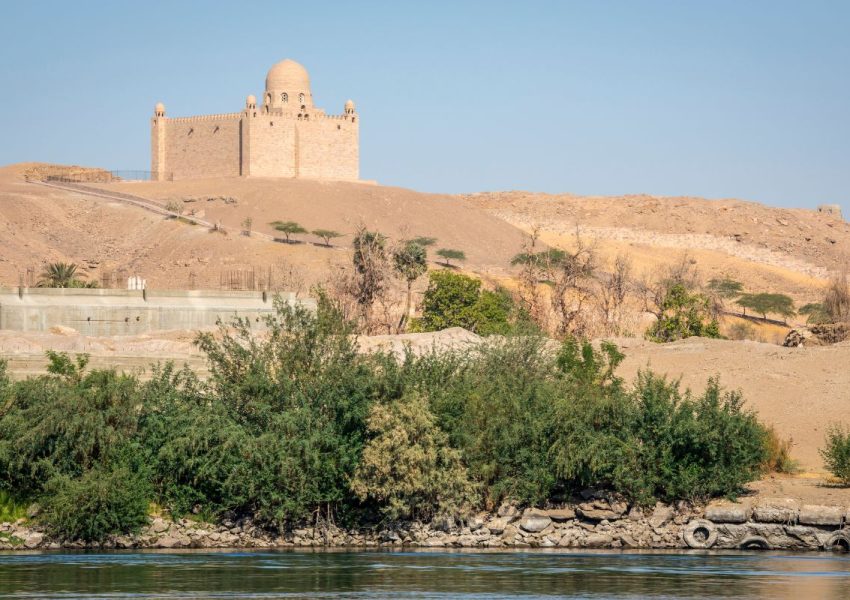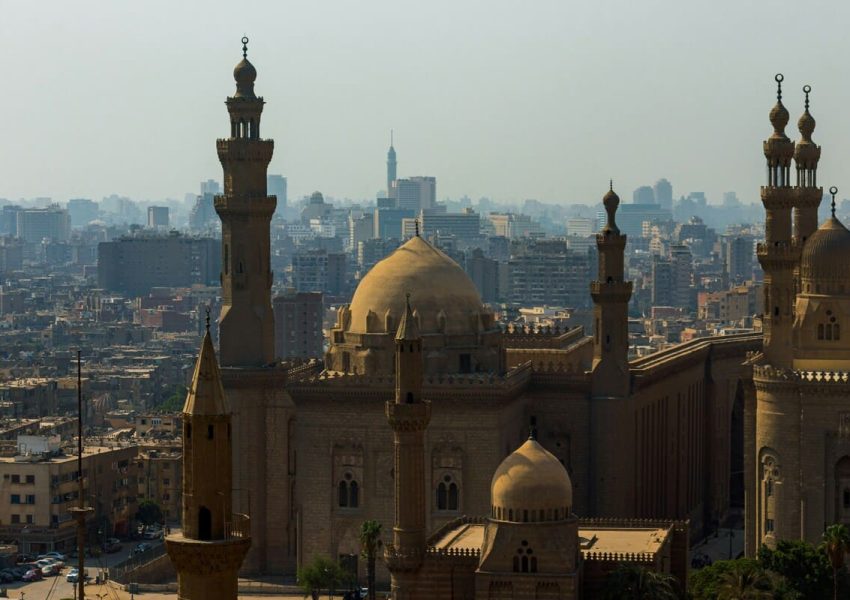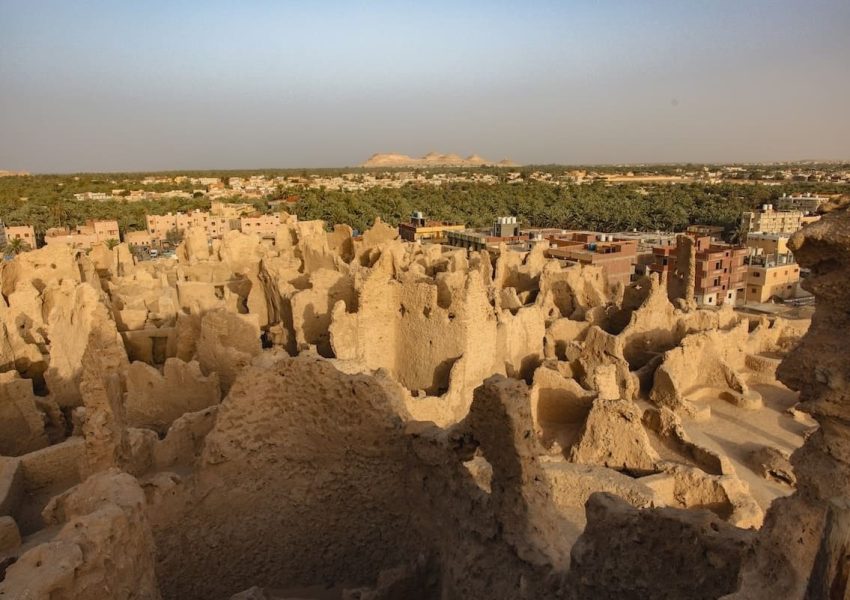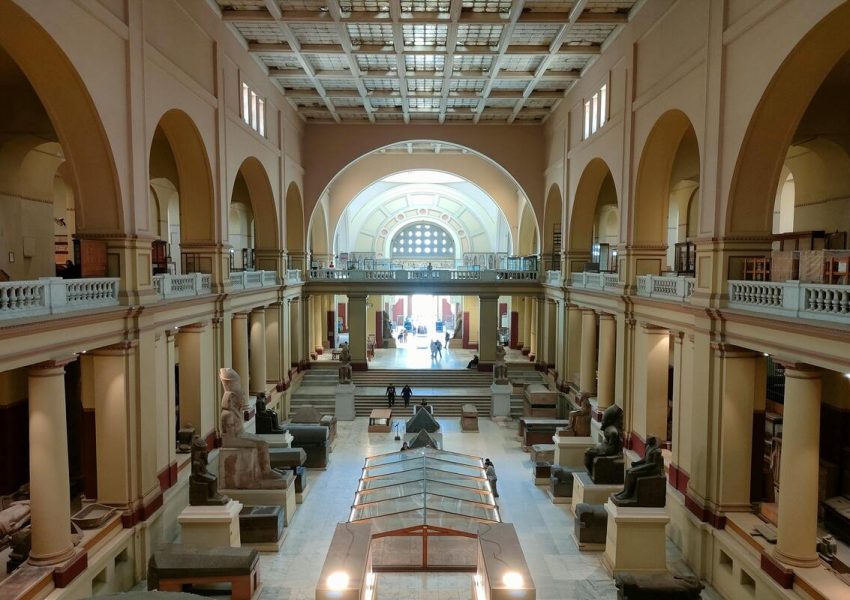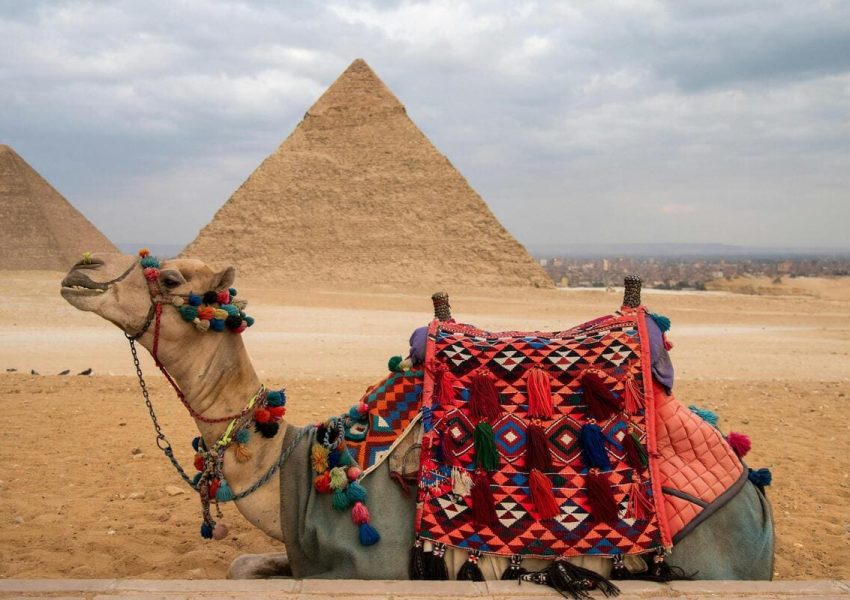Introduction Picture this: You and your partner standing hand in hand, watching the sun set behind the Pyramids…
Introduction Picture this: You and your friends standing at the base of the Pyramids of Giza, trying to…
Introduction When planning your next holiday, one of the biggest decisions you’ll face is whether to opt for…
Introduction Imagine this: you’re standing at the foot of the Great Pyramid of Giza, feeling the weight of…
Ready to embark on an epic Discover Egypt in 9 Days: Your Ultimate Travel Itinerary: through the timeless…
Imagine stepping into a scene from an ancient scroll where palm trees sway gently against a backdrop of…
Ready to dive into an epic Explore Egypt in 10 Days: Your Essential 10-Day Egypt Travel Itinerary through the…
If you’ve ever dreamed of exploring the magic of Egypt but thought you didn’t have enough time, think…
Prepare to embark on a captivating Experience Egypt in 7 Days: Your Perfect Seven-Day Egypt Travel Itinerary through…
Get ready to embark on a thrilling The Best 12-Day Egypt Travel Itinerary through the captivating land of…

